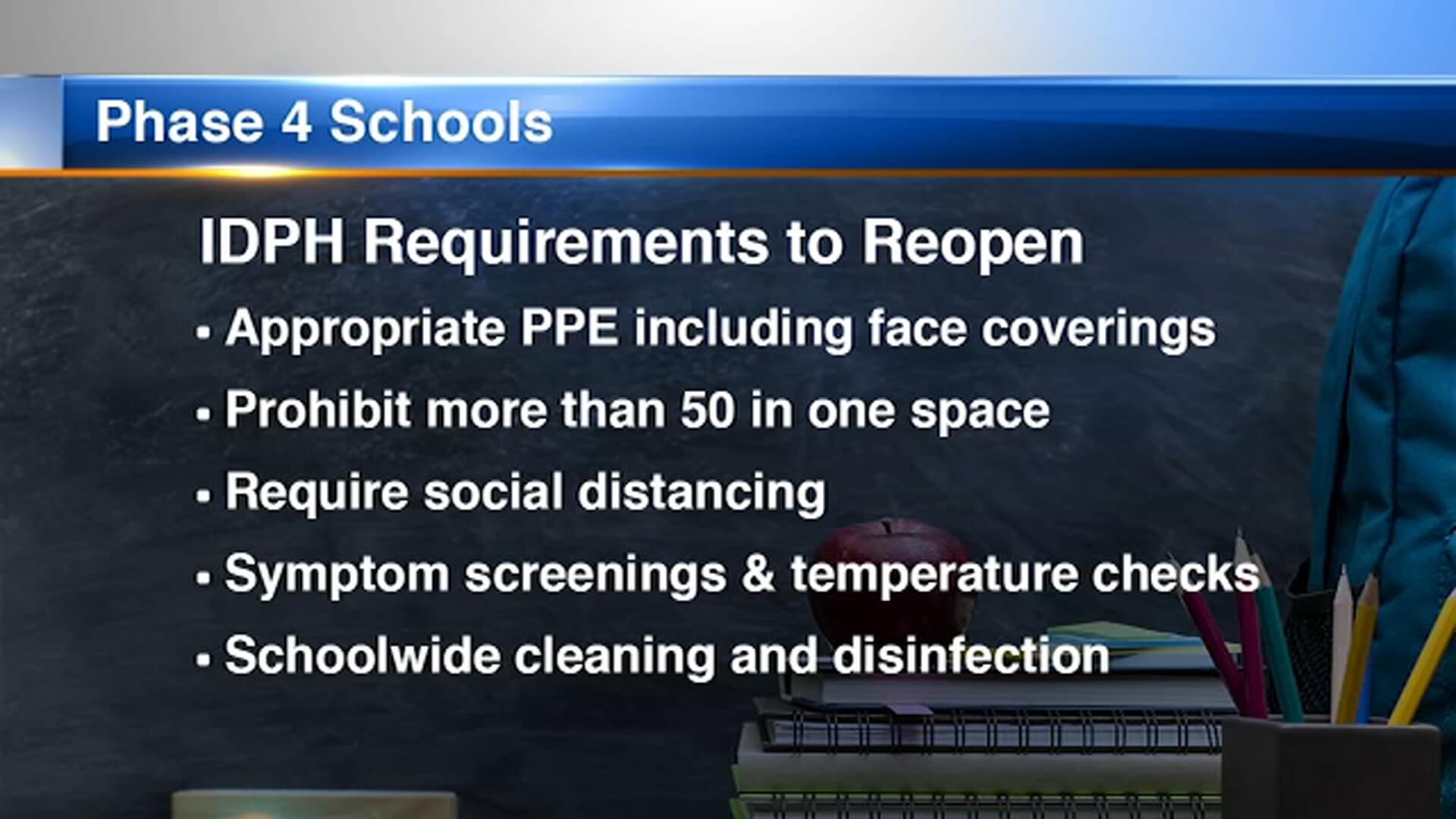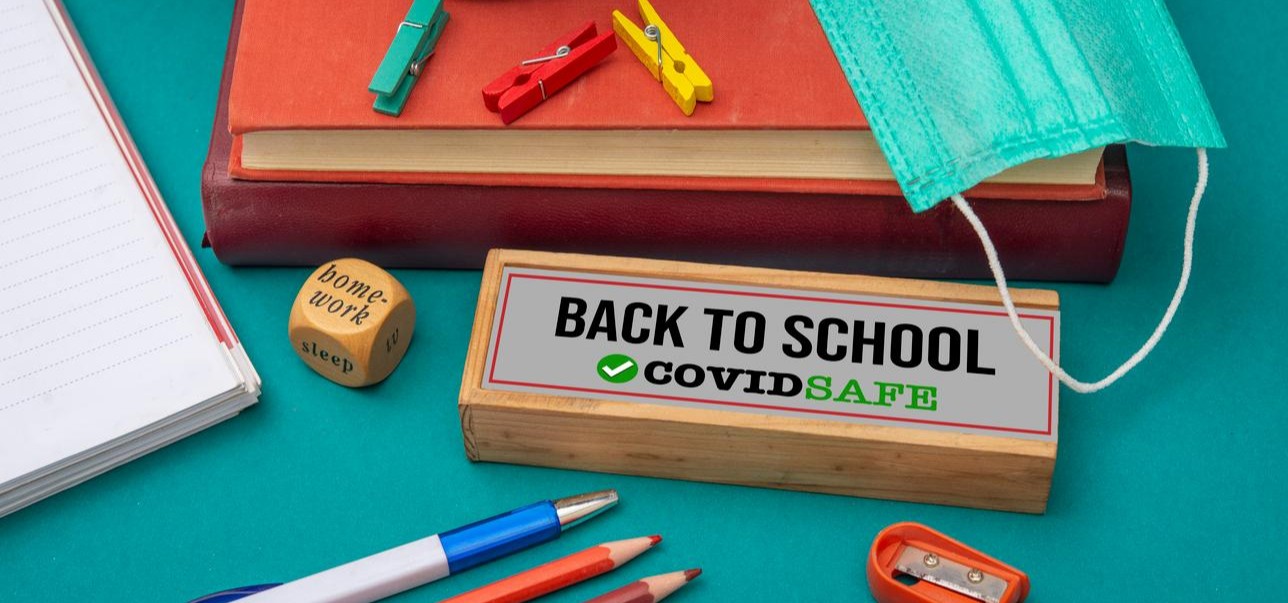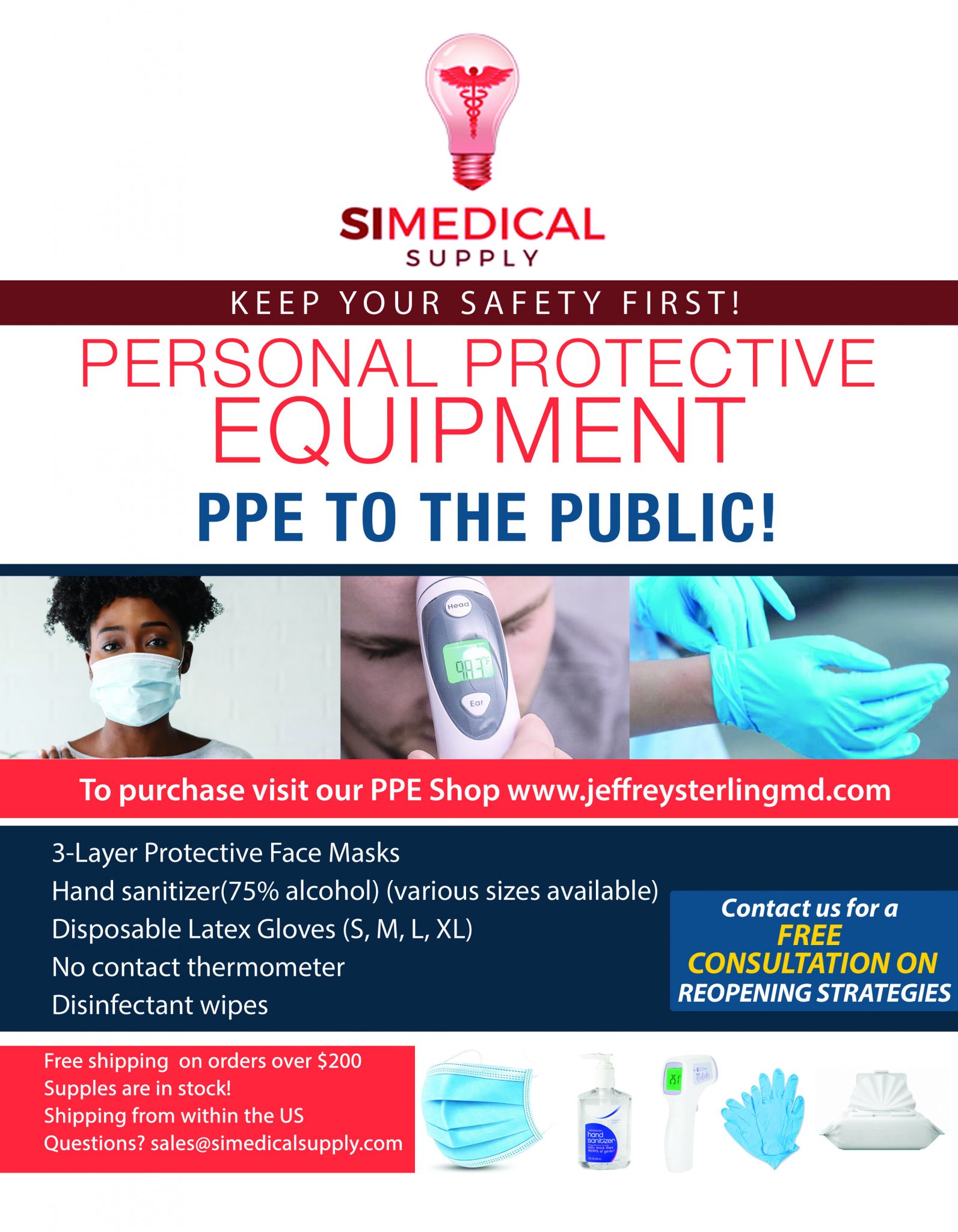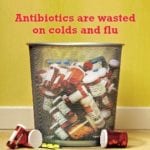Introduction
This Straight, No Chaser addressing the challenge of reopening schools during the COVID-19 pandemic.
America’s futility in addressing Covid-19 has left us with an unavoidable choice. We could fight our individualistic instincts and economic realities and attempt a restart along public health best practices, but our personal and governmental COVID-19 choices render that choice practically unavailable. As such, any success we have in normalizing life will be found while simultaneously fighting the virus. We are left to prioritize meaningful activities that need to be reengaged.
Reopening Schools? Follow the Science
Put me on the record. It’s time for precollege students to be able to return to school (but by no means in the way you were used to – more on that later). For those of us whose rallying cry has been “follow the science,” here we go. Shall we focus on the opportunity and not the obstacles? Let’s begin with the American Academy of Pediatrics’ (AAP) policy position that it’s medically safe for children to return. Folks, this is not an insignificant declaration. The AAP is the medical organization most charged with safeguarding children.
This is based on two considerations. Children have both low infection and transmission rates. This sets the bar for what’s possible. Follow the science, remember? Perhaps even more importantly, there are scores of data relative to the current level of damage occurring by children not receiving the socialization skills obtained by schooling. Let’s be clear: kids of all ages and levels of native/baseline intelligence are being developmentally delayed as a result of the ongoing isolation. This by itself is creating a series of long-term consequences that must be factored into the equation. From the AAP President: “We know that children learn more in school than just reading, writing and arithmetic… They get social and emotional skills, healthy meals and exercise, mental health support and other things that you just can’t get with online learning.”
Safely Reopening Schools

Thus, if the science states there is a rationale for children needing schooling, and it presents a relatively low threat to others, the obvious next question is “How can this be done safely, especially when considering teachers and others needed to operate schools who may be at heightened risk?” First, realize that there is a completely different question and set of considerations than the issue of whether children need to and can go back to school. The answers aren’t that difficult to fathom if you’d just avoid rejecting the premise out of hand. Consider the possibility if just these five considerations were fully implemented (shortened for the purposes of a briefer discussion).
A Few Safe Schooling Options
- All teachers don’t need to be physically present to teach. Honest, frank conversations need to happen about what level of risk is necessary and acceptable to continue to be a teacher. Also, flexibility in how teaching is performed should be accommodated when needed. All teachers should be paid, but those choosing to opt out or who are at risk can be given opportunity to teach via video conferencing, while younger, less at-risk assistants monitor the classrooms. No teacher should be forced to place themselves at risk without every assurance that protections are in place.
- All students don’t need to be physically present to learn. Homeschooling has been accepted forever. Videoconferencing either in total, every other day or for certain portions of the curriculum shouldn’t be an issue. It certainly would assist with the challenges of social distancing or those at advanced risk.
- Social distancing can be accomplished with some creativity. This begins by using the school and classroom sizes to determine the maximum safe occupancy capacity. Subsequently, schools can utilize tele-learning and staggered attendance to accomplish the goal. They can consider a longer school day and school year if needed.
- Some activities will need to be avoided or dramatically modified. Physical education, singing and theater activities come to mind, unless creativity can accommodate social distancing concerns.
- Testing, tracing, screening and utilization of PPE are a must. Frequent, visible and thorough cleaning activities must be performed and made known. Students should be screened daily and tested with some agreed upon schedule (e.g. weekly), with a commitment to not only subsequent isolation but implementation of contact tracing. The risks of kids becoming seeds for community infections must be minimized and cut off as soon as possible.
It’s Time for American Ingenuity

It’s the American way to face our challenges, not cower from them. In this example, there are compelling reasons to have this group of essential workers perform an essential function for our children. The science suggests we can do so relatively safely if we meet the challenge with creativity. It’s time. The world has changed. We must adapt. I welcome your thoughts and challenge you to ask your schools which of these basic considerations have been accommodated. If you’re interested, here is a full list of CDC recommendations on the topic.
Need Personal Protective Equipment (PPE)?
Are you a first responder? Does your job make you one of the first exposed? Courtesy of SI Medical Supply, you have an option to provide masks, gloves, hand sanitizer, disinfectant wipes and no-touch thermometers for your family and loved ones. Importantly, getting these product does not deplete the supply needed by first responders and medical personnel. Orders are now being filled (without shipping delays!) at www.jeffreysterlingmd.com or 844-724-7754. Get yours now. Supplies are limited.






































